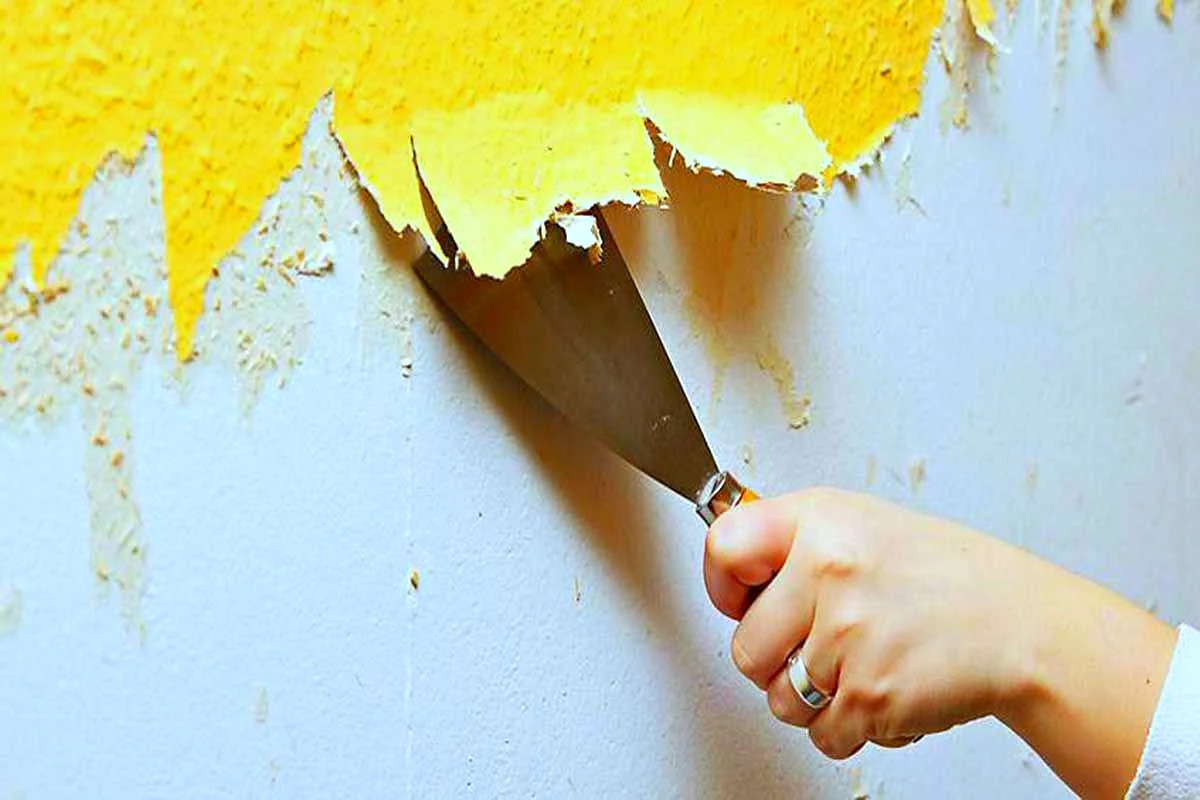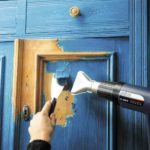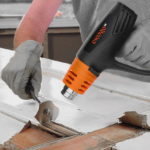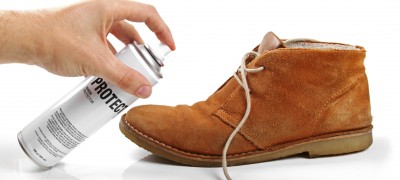Varieties and rules for using metal removers
The question of removing paint arises when the previous decorative layer has become unusable. Most often, such a nuisance occurs due to the constant contact of the surface with oxygen. The paint starts to swell and crack. And before re-painting, the metal surface must be completely cleaned of the old paint layer.

Methods for removing paint
The most popular and effective ways to remove old paint:
- With the help of improvised heating devices. Heating removes paint very quickly, but heat treatment can negatively affect the metal surface. Usually they use a construction hair dryer, a gas torch or a blowtorch for work. An important nuance: many paints and varnishes have good flammability even after final drying. Therefore, the thermal paint stripping method should be used very selectively. Also, this method is not suitable when you need to process a small section of the structure.

The thermal method involves the effect of heat on the object to be cleaned. - Tools with abrasive tips. In this way, you systematically clean metal parts, adjusting the degree of stress on the surface. This method does not work for small or embossed elements. A significant drawback is a large amount of time that will have to be spent on work, but in some cases a mechanical cleaning method is the only possible one. As devices, they use sandpaper, a polishing and grinding machine, as well as a grinder and nozzle brushes.

This is the most common way to remove old paint from a wall. - Acetone and white spirit. Most often, this method is used as an addition to the previous one, because if the decorative layer has good adhesion to the metal, it will not work to remove the paint with solvents.

It is considered the most common, easiest and most effective cleaning method. - Special remover. This method is good in that the chemical composition quickly removes paint, even from difficult areas.

Now the range of such chemicals on the market is very large.
Whichever method you choose, remember that you should protect not only the metal surface under the decorative layer, but also your health. Therefore, before work, put on gloves, a protective mask, and in some cases it is necessary to provide for ventilation of the room.
Thermal
The works are carried out in the following order. The state of the fragment being cleared is evaluated. If possible, it is better to dismantle it, then the work can be done more safely. If dismantling does not work, make sure that during processing other parts of the structure will not come into contact with heat.

The object is cleaned of dirt and dust, then washed with water and dried, the device is prepared for heat treatment. It is best to use a building hair dryer. It is also important to have a metal brush and putty knife on hand. Well, do not forget about your own safety: glasses, gloves, respirator, mask.

You need to heat it evenly: first, grab a large area, and then separately warm it up in parts. Once the paint is soft and pliable, use a brush and putty knife. For better results, it is recommended to alternate between heating and removing paint with a tool.

At the final stage, paint residues are removed with a solvent, as long as the metal surface is not too hot.
Abrasives
The main role in this process is played by a grinder, drill or grinder. It is important to select the correct coated abrasive accessory.

In order to remove paint from hard-to-reach places or small parts, use sandpaper and handle the surface with your hands.
Chemical removal
Chemical paint stripper is an easy, but far from the safest, method. The use of various compositions allows you to effectively remove water-based, acrylic, and other polymer composition. Special formulations are available today for removing powder paint. The main thing is to clearly follow the instructions on the package.

First, the surface is cleaned of dirt, thoroughly washed and degreased. The chemical composition is applied abundantly and thoroughly. If you're using a liquid cleaner instead of an aerosol, use a brush. After the reagent is applied to the surface, the product is covered with plastic wrap to enhance the effect.

Depending on the manufacturer's recommendations, the waiting time ranges from 1 to 10 hours. After that, the swollen paint layer is removed with a spatula. Then wipe the metal surface with solvent and water to avoid damaging the metal.

The method of removing paint is chosen depending on the area to be treated and the conditions in which the treatment is carried out. Subject to the recommendations and safety measures, high efficiency is guaranteed.

VIDEO: Removing old paint - 3 proven methods.

















